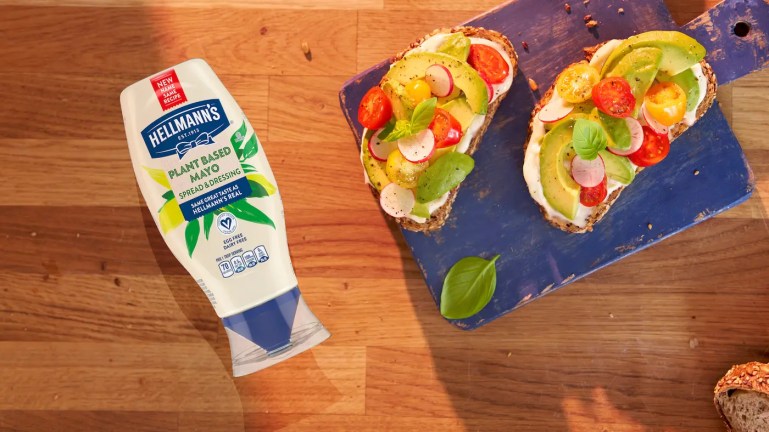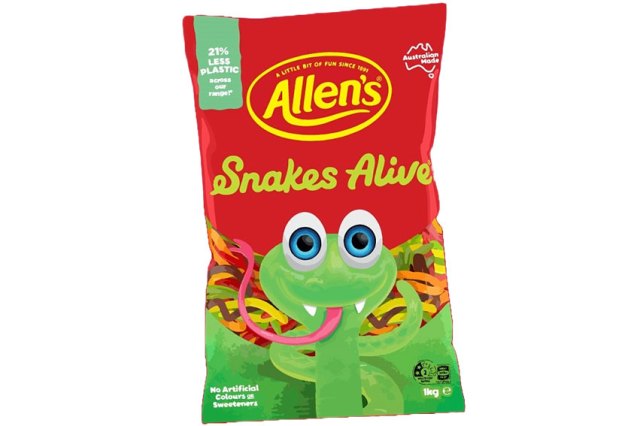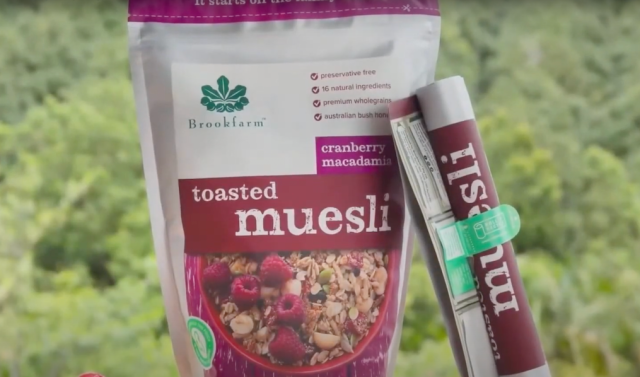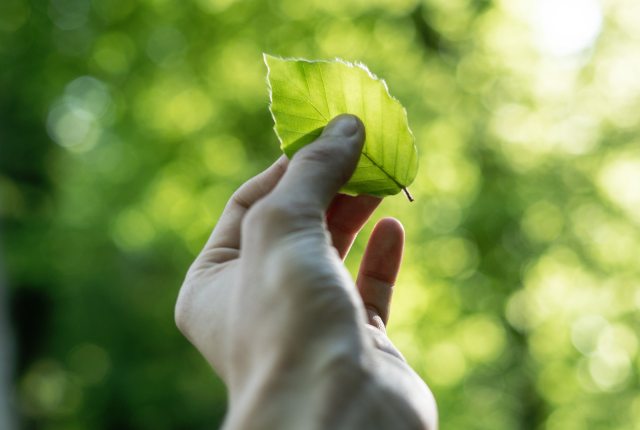
New technology is maximising usability and minimising the amount of plant-based mayo left behind in Hellmann’s fast-growing range of squeeze bottles. The brand’s new packaging innovation is raising consumer satisfaction while at the same time reducing food and packaging waste.
Hellmann’s squeeze bottle technology has been redesigned to minimise the amount of mayo left behind.
The technology helps keep the bottles in the recycling process by keeping leftover mayo to a minimum. If they exceed the maximum weight threshold needed, they will be rejected for recycling. By helping consumers leave less mayo in the bottles, the new packaging technology helps them recycle more successfully.
Squeezing out more mayo is simpler thanks to new ‘easy out’ technology: an edible, vegan coating on the inside of Hellmann’s plant-based mayonnaise squeeze bottles that helps the product glide out without sticking.
Hellmann’s plant-based products have enjoyed growth for the last four years, and this looks set to continue, with the market predicted to double by 2030.
Food waste is an important issue for consumers. Research shows that 78 per cent feel food waste prevention should be talked about more and 59 per cent feel brands have a role to play in this space.
The new Hellman’s squeeze bottle technology was developed by Unilever’s R&D team, led by Krassimir Velikov, Senior Science & Program leader, Science & Technology, and Vasudevan Lakshminarayanan, R&D manager, Dressings.
Krassimir Velikov explained the importance of the technology and the science behind this innovation success story.
“We know consumers want to be able to squeeze out as much product as possible – it’s an important cost and value benefit. And with both the plant-based market and our squeeze bottle formats set to continue growing, improving consumer experience and satisfaction is vital,” says Velikov.
“Some ingredients used in the plant-based mayo presented us with specific challenges, as they made the mayo more prone to getting stuck in the bottle.
“Correcting this issue involved creating an edible, vegan coating that would prevent this sticking problem by making the inside of the bottle more slippery.
“We had to make sure that this ‘easy out’ coating hit a balance that would achieve the desired ‘easy out’ effect without interacting with the product.
“This technology ensures that significantly less mayo remains in the bottle – it’s a substantial step forward in reducing food and packaging waste.
“About 60 per cent of global food waste in 2022 happened in our kitchens, which is why Hellmann’s has been working to help consumers reduce food waste at home through its ‘Make Taste, Not Waste’ campaign since 2021. And that applies as much to the mayonnaise left behind in bottles as it does to leftovers in the fridge,” says Velikov.
Hellmann’s squeeze bottles are made with 100 per cent recycled plastic where technically feasible, which helps the mayo producer reduce its use of virgin plastic – one of its key packaging sustainability goals.
Hellmann’s plant-based products have enjoyed growth for the last four years, and the company says this looks set to continue, with the market predicted to double by 2030.
Squeeze bottles are also experiencing growth as a preferred format for consumers.
Velikov says cracking this problem has been crucial.
“Not only to ensure consumer satisfaction with our products, but ultimately to improve repeat purchase,” Velikov concludes.
Unilever will launch this technology in the UK and Ireland this year with the aim to expand into further global markets.


